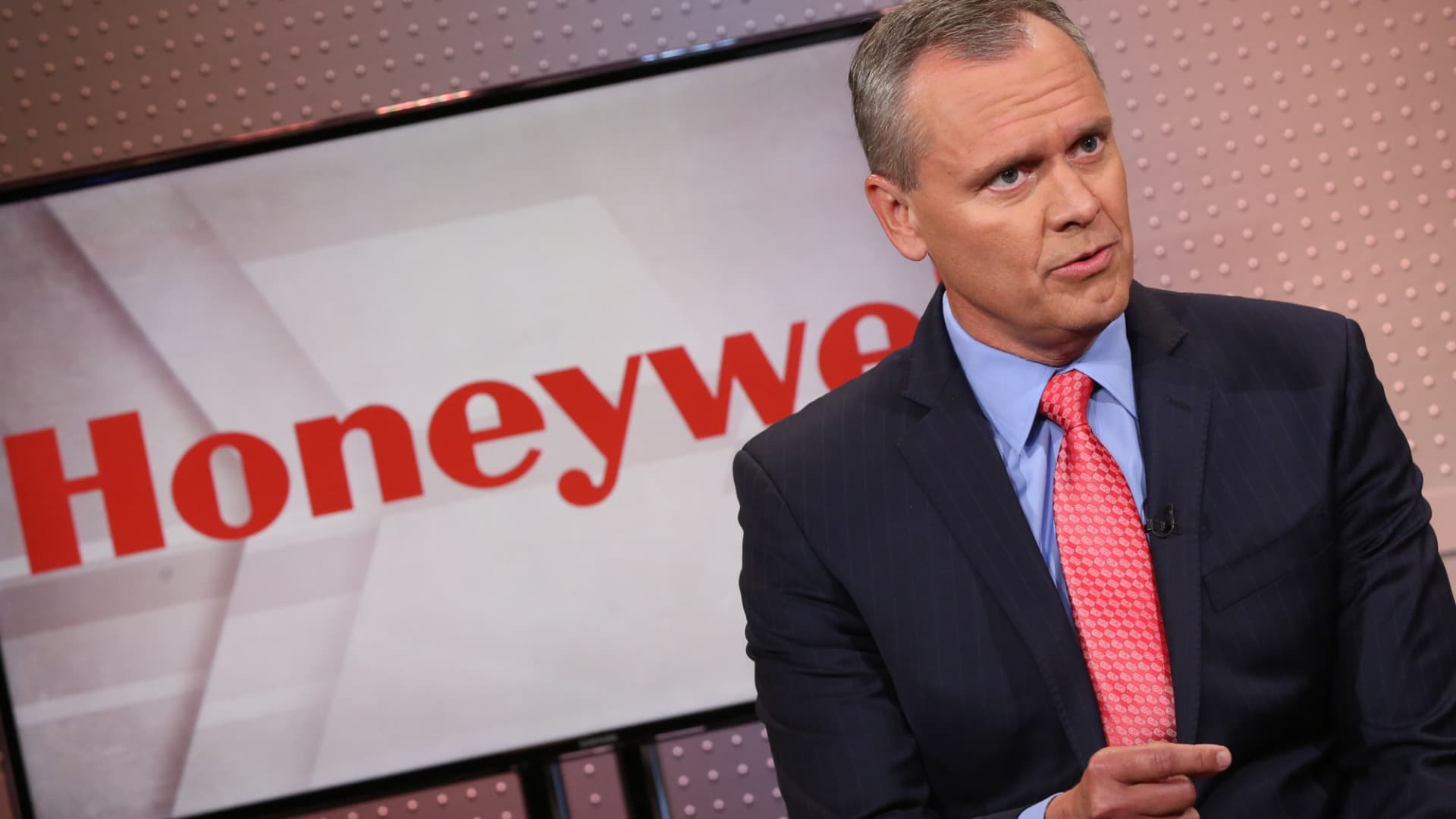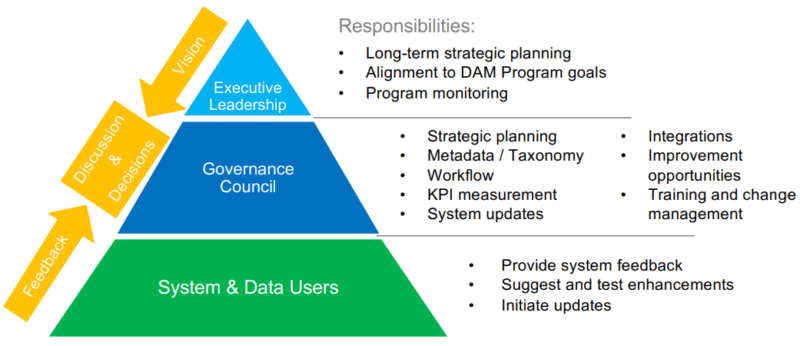The market is so possessed by tech that it can’t see the forest through the industrials. If the discourse isn’t about the slowdown in the cloud, it’s about who is pulling out of the now-private Twitter, or how disappointing it is that co-CEO Bret Taylor left Salesforce (CRM). Meta Platforms ‘ (META) Mark Zuckerberg could sneeze and Amazon (AMZN) CEO) Andy Jassy cough and it’s a bigger deal than United Airlines ‘ (UAL) order for 100 Dreamliners from Boeing (BA). We don’t pay much attention to the industrials anymore. There aren’t that many of them. We are used to them being hostage to so many forces of negativity that they just aren’t worth our focus. That’s wrong. The Dow Jones Industrial Average has done so much better than the average semiconductor company, or even the above-average enterprise software company that it’s insane that we even focus on some of the latter. The 600 companies formed in the last two years rent too much of your brain space even in passing. Advertising, which turned out to be the Achilles heel of everything internet and media, just seems to have vanished. There’s not enough of it to feed the mouths of all of the players and nobody seems to be able to reach the 18- to 24-year-olds with whatever they spend. So they are shelling out a fraction of what they used to spend. It’s so bad that we cheer when a semiconductor company like Marvell Technology (MRVL), guides down and it only edges the stock down slightly. That gives the market hope that some of the inventory glut for chips is near its end. In the meantime, the unheralded industrials gap up on any S & P 500 run, where there never seems enough stock ahead to where you find sellers. I will go into the ones that intrigue — but first, let me just say that the biggest problem with so many of these techs is that there is so much supply at every level. Someone is always a seller. There’s always merchandise up a penny. And it is sizable. The orders, if you could hear them would be something like, “sell 50,000 shares every five cents thereabout for the next dollar and then I will reload when I get my report if there is enough time left at the end of the day. I don’t want to hurt the stock too much because I have so much behind it.” There is endless selling in anything related to the cloud and it isn’t just from the price target reductions. It is from insiders who sense that the era is over and they all compete with each other now, even Amazon, Alphabet (GOOGL) and Meta get that. When the biggest issue with Meta is how much time is Zuckerberg really working on his alleged metaverse pipedream, instead of the highly profitable but slow-growing Instagram, you know you are way too deep in the weeds. Now I want you to hit up the stock of Caterpillar (CAT). When you are in the deep stages of a Federal Reserve interest rate tightening I would normally say that this may be the single best short in the book. Shorting a stock means betting it will go down. But not this time. There is no way CAT can meet its orders. Every industry needs more of what they make, whether it be coal because Europe has taken so many nuclear plants offline and natural gas has risen so much in price, or earthmovers needed for all the roads that are about to be built in this country because of the Democrat’s infrastructure bill, which favors domestic product. Meanwhile, its raw costs are going LOWER. Caterpillar de-emphasized China and emphasized oil and gas. While the public companies have cut back the pace of drilling, the private equity companies are drilling like mad to cover cash flow. Take a look at how CAT acts on up days. There is none for sale. None. A decent day and it always seems like Caterpillar’s stock has rallied three points. Why not; there are 527 million shares outstanding, down 20 million shares. What enterprise software company can say that? There are no stock base compensation issues. Stock is precious. CAT sells at 17 times REAL earnings, not FAKE or MADE UP earnings. That’s what we really should call the shameless non-GAAP adjusted earnings-per-share nonsense we get from these West coasters, which seems a lot like what General Electric (GE) was doing before its collapse. I bet an order to buy 100,000 shares of Caterpillar moves it 2 points. In a year when the S & P 500 dropped 14%, CAT has gained 14% year to date. Not to mention it has an annual dividend yield of 2%. Last week, I met with Emerson Electric (EMR) CEO Lal Karsanbhai. He’s turning this old-line but excellent valve and home appliance maker into a company that digitizes your hardware, that automates your plants while cutting out waste. In less than two years, Karsanbhai has sold slow-growing divisions, bought faster-growing businesses, and joint-ventured others in ways that the arrogant software types can only dream of doing. Like Caterpillar’s stock, EMR is straight up: 4% higher year-to-date. But in the past three months, shares are up 18.5%. I think the idea of bringing in an Emerson to innovate, automate and become cleaner — it also has a huge business in environmental improvement — is one of the first calls I would make if I ran an industrial. It’s an 18 times earnings stock. Anything that happens to Boeing, I am always bittersweet about. We sold some high, we sold some low, but most importantly we were just annoyed by its constant errors. We wanted to play aerospace, though, with so much travel, so we did it with Honeywell (HON). Here’s another story that just never stops ceases to amaze. Another reconfigured company with chemicals that clean the refining process, machines that automate factories, climate controls, and some of the most important parts of an airplane including the cockpit, for not just Boeing but Airbus. Honeywell stock sells at 25 times earnings but its growth is accelerating and it has cash and a balance sheet that is ready to be put to work for anything needed. HON is another one that’s up 5% year to date and more than 17% in the past three months. We know that we have gone through arsenals of low-tech military equipment as has NATO. But this big appropriation boost last week is going to give Raytheon Technologies (RTX) orders it needs to raise numbers for 2023. The anti-missile products that Raytheon specializes in are what I think are now headed to NATO members to do what they want with them, which means take them to Ukraine to defend against the now-nine-month invasion by Russia. Meanwhile, Raytheon’s aerospace, both military and commercial, have too many orders to handle. After some re-configuring as part of the merger between United Technologies and Raytheon, the buyback is in place. The only thing holding this company back is a lack of engineers. Can the people out West learn military engineering? They better learn to do so. RTX is up 17% year to date. I could include so many companies like these, Eaton Corporation (ETN) for pumps, valves and what you need for electrical vehicle charging; Illinois Tool Works (ITW) for equipment like welding, the growth portion of autos, and polymers, and all sorts of in high demand products; or Agilent Technologies (A), a test and measurement company for all sorts of industries that require precision and pinpoint accuracy. You can’t just own these. You won’t know when they stop going straight up. And you can’t just buy them. Jeff Marks, portfolio director for the Investing Club, and I went at it last week when I said that we have to, just have to own Emerson as fast as we can. But one look at the stock tells us that it’s just gone too far too fast. The thing is, they all have. I say let’s take a serious break from the software companies that were claimed to have eaten everything else for breakfast and start discussing the real winners since the November pivot — the companies that were supposed to collapse that, instead, have reinvented themselves and are part of the new industrial economy that’s been automated and digitized and doesn’t need customer relations management because it has too many customers. (Jim Cramer’s Charitable Trust is long CRM, META, AMZN, GOOGL and HON. See here for a full list of the stocks.) As a subscriber to the CNBC Investing Club with Jim Cramer, you will receive a trade alert before Jim makes a trade. Jim waits 45 minutes after sending a trade alert before buying or selling a stock in his charitable trust’s portfolio. If Jim has talked about a stock on CNBC TV, he waits 72 hours after issuing the trade alert before executing the trade. THE ABOVE INVESTING CLUB INFORMATION IS SUBJECT TO OUR TERMS AND CONDITIONS AND PRIVACY POLICY , TOGETHER WITH OUR DISCLAIMER . NO FIDUCIARY OBLIGATION OR DUTY EXISTS, OR IS CREATED, BY VIRTUE OF YOUR RECEIPT OF ANY INFORMATION PROVIDED IN CONNECTION WITH THE INVESTING CLUB. NO SPECIFIC OUTCOME OR PROFIT IS GUARANTEED.
Jim Cramer at the NYSE, June 30, 2022.
Virginia Sherwood | CNBC
The market is so possessed by tech that it can’t see the forest through the industrials. If the discourse isn’t about the slowdown in the cloud, it’s about who is pulling out of the now-private Twitter, or how disappointing it is that co-CEO Bret Taylor left Salesforce (CRM). Meta Platforms‘ (META) Mark Zuckerberg could sneeze and Amazon (AMZN) CEO) Andy Jassy cough and it’s a bigger deal than United Airlines‘ (UAL) order for 100 Dreamliners from Boeing (BA).
























































![Key Metrics for Social Media Marketing [Infographic] Key Metrics for Social Media Marketing [Infographic]](https://www.socialmediatoday.com/imgproxy/nP1lliSbrTbUmhFV6RdAz9qJZFvsstq3IG6orLUMMls/g:ce/rs:fit:770:435/bG9jYWw6Ly8vZGl2ZWltYWdlL3NvY2lhbF9tZWRpYV9yb2lfaW5vZ3JhcGhpYzIucG5n.webp)


















